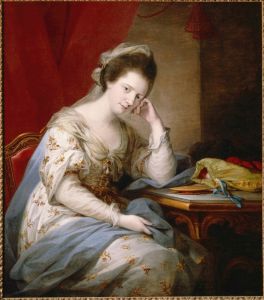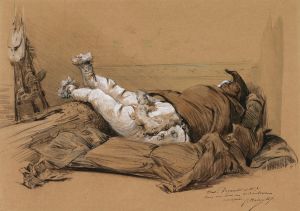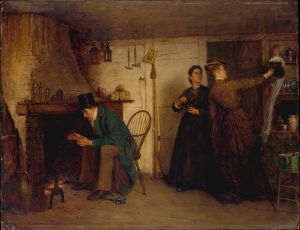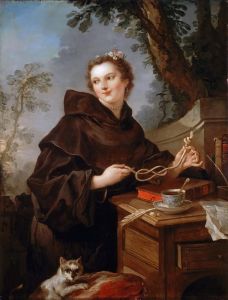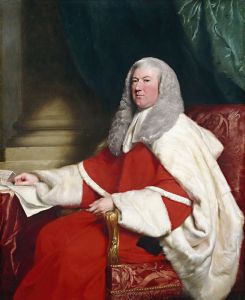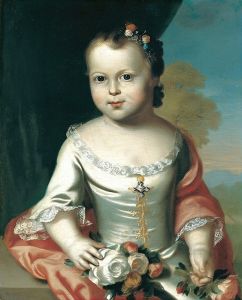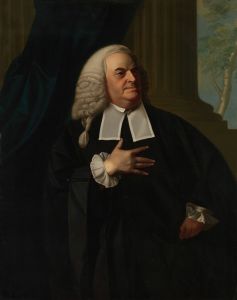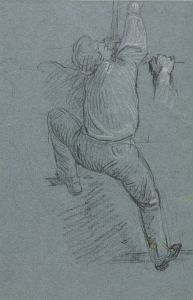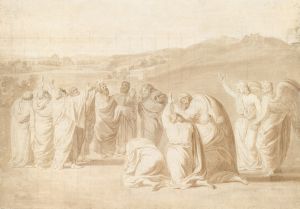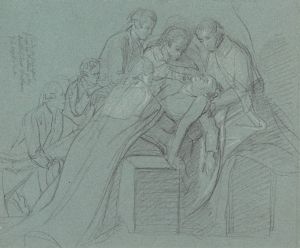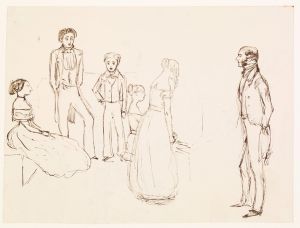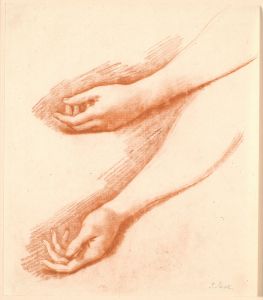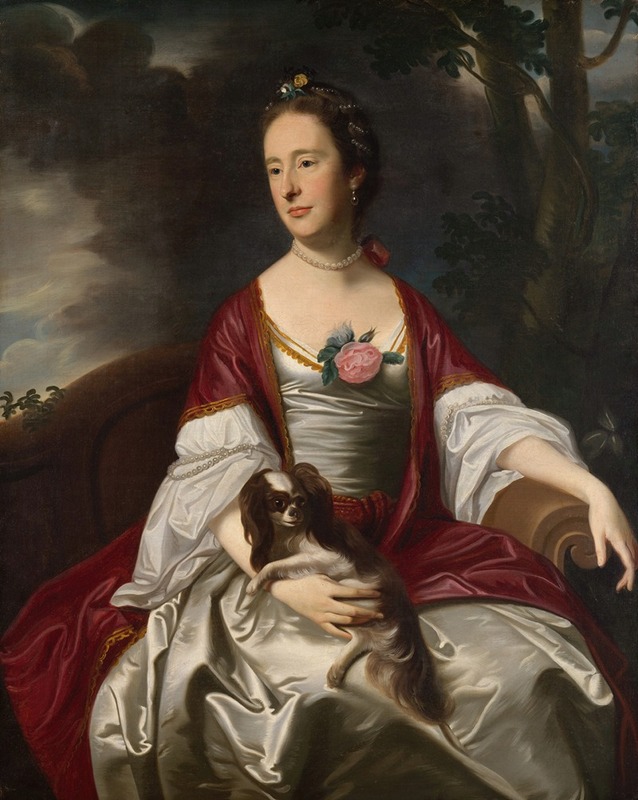
Mrs. Jerathmael Bowers
A hand-painted replica of John Singleton Copley’s masterpiece Mrs. Jerathmael Bowers, meticulously crafted by professional artists to capture the true essence of the original. Each piece is created with museum-quality canvas and rare mineral pigments, carefully painted by experienced artists with delicate brushstrokes and rich, layered colors to perfectly recreate the texture of the original artwork. Unlike machine-printed reproductions, this hand-painted version brings the painting to life, infused with the artist’s emotions and skill in every stroke. Whether for personal collection or home decoration, it instantly elevates the artistic atmosphere of any space.
"Mrs. Jerathmael Bowers" is a portrait painting by the renowned American artist John Singleton Copley, created in 1763. Copley, born in 1738 in Boston, Massachusetts, was a prominent figure in colonial American art, known for his detailed and realistic portraits that captured the likeness and character of his subjects. His work is often celebrated for its meticulous attention to detail and the ability to convey the social status and personality of the individuals he painted.
The subject of this painting, Mrs. Jerathmael Bowers, was a member of the colonial American society. Unfortunately, specific details about her life and background are scarce, as is often the case with many women from this period whose personal histories were not extensively documented. However, it is known that she was married to Jerathmael Bowers, a name that suggests she was part of a family with some standing in the community.
In this portrait, Copley employs his characteristic style, which includes a focus on the textures of fabrics and the subtle play of light and shadow. The painting is executed with oil on canvas, a medium that Copley mastered to create lifelike representations. Mrs. Bowers is depicted in a manner typical of Copley's portraits, with an emphasis on her attire and the setting, which together suggest her social status and personal wealth.
Copley's portraits often included elements that indicated the sitter's social position, and "Mrs. Jerathmael Bowers" is no exception. The clothing she wears is rendered with exquisite detail, showcasing Copley's skill in depicting different materials such as silk and lace. The background and any accompanying objects in the portrait would have been carefully chosen to complement the subject and provide further insight into her life and status.
This painting is part of Copley's body of work from his early career in America before he moved to England in 1774. During this period, Copley was highly sought after by the colonial elite, who appreciated his ability to capture their likenesses with precision and elegance. His portraits from this time are considered some of the finest examples of American colonial art.
"Mrs. Jerathmael Bowers" is housed in the Museum of Fine Arts, Boston, which holds a significant collection of Copley's works. The museum's collection provides insight into the artist's development and the historical context of his work. Copley's portraits, including this one, remain important cultural artifacts that offer a glimpse into the lives and appearances of colonial America's upper class.
Overall, "Mrs. Jerathmael Bowers" exemplifies John Singleton Copley's talent for portraiture and his ability to convey the dignity and presence of his subjects. The painting is a testament to Copley's role in shaping the visual culture of colonial America and his enduring legacy as one of the country's foremost early artists.





